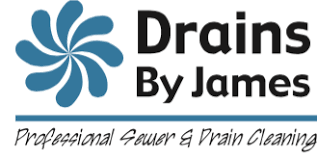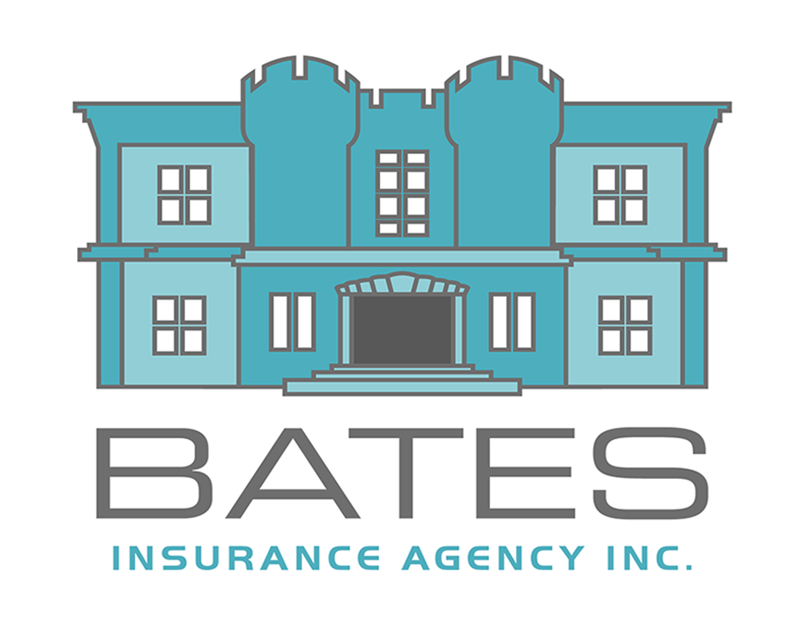Written by Pat Blais, reporter for the Daily Times Chronicle.
MIDDLESEX – For those residing and working in Stoneham and Woburn, the Mass. Bay Transit Authority’s (MBTA) proposed overhaul of bus routes across the state has generated predictable but disparate reactions.
In late June, during a virtual public forum on the Mass. Bay Transit Authority’s so-called “Better Bus” initiative, elected officials and residents from both communities took to Zoom to sound off about a series of planned modifications to regional bus routes.
Residents in Woburn, Stoneham and beyond now have just a few other opportunities on July 26 and July 28 to let their feelings be known about the proposed service area reforms, which also include important changes to 137 bus line with reductions in service along North Avenue in Wakefield and to the 134 bus line with a discontinuation of several stops along the northern edges of Winchester.
Given that Woburnites stand to lose access to a key express bus to Boston while Stoneham will see a long sought-after route between Woburn and Melrose added to its bare-bones menu of public transportation offerings, there were no surprises as to how representatives from each community felt about the changes.
For Woburn, according to MBTA service planner Melissa Dullea, the draft “Better Bus” package now being debated would eliminate the 354 express service that begins in Burlington by Chestnut Avenue and heads into Woburn via Cambridge Street. The bus presently also makes various stops on Lexington Street, Montvale Avenue, and Salem and Washington Streets in Woburn, before heading to the City of Medford and then directly to State Street in downtown Boston.
According to Dullea, though the express busses are some of the MBTA’s more popular services, because most users are still able to find their way into Boston and beyond via a combination of alternative MBTA bus and train services, many of the direct routes are being axed to expand services elsewhere in the state.
“We’re proposing to replace express busses with 7-day a week connections that feed directly into the Red Line or Orange Line or Green Line,” the MBTA senior director of service planning explained during last month’s public hearing.
According to State Rep. Richard Haggerty, who before heading to Beacon Hill served as president of Woburn’s City Council, though area residents may still be able to get to work by taking a combination of bus, commuter rail, and T service lines, the current plan would hurt hundreds of riders.
Haggerty, who in late May sounded the alarm across the city about the proposed changes, further contends that many current MBTA customers in the area will likely hop into their personal vehicles and drive to work each day rather than deal with the added expense and time of changing T services.
“I have heard from hundreds of constituents who are adamantly opposed to doing away with the 354. It is a direct link from my community into State Street in Boston. It’s exceptionally well-traveled and that’s what makes [this proposal so illogical],” said Haggerty during the virtual forum.
“I’ve heard from many, many constituents who rely on that 354 to get in and out of Boston on a daily basis. I just ask you to give this the due diligence it deserves and listen to the people. Please give it some more thought,” later commented Woburn City Councilor Jeffrey Dillon.
Standing to benefit bigly under the Better Bus initiative, leaders in Stoneham – after complaining for years about a lack of MBTA services – find themselves playing the unfamiliar role of transit agency cheerleaders.
Specifically, per the draft list of reforms being considered by the mass transit provider, a new 133 bus would be added to the community that brings a long sought east-west route between commuter rail and Orange Line connections in Woburn and Melrose.
Presently, Stonehamites have access to just one bus, the 132, which heads between Redstone Plaza by the Reading line and Orange Line destinations in Melrose and Malden. The line also makes one stop on Pond Street by Stone Zoo.
The 99 bus, which circles between the Malden highlands and Wellington Center in Medford, also makes a end-of-the-line stop at Stoneham’s former Boston Regional Medical Center (BRMC) by Spot Pond, but the old hospital site has been nearly vacant for close to two decades now. A life sciences campus is now in the works for the Woodland Road area property, where hundreds of apartments and condos have also recently been erected.
Town officials have been urging the MBTA to consider adding one extra stop on the 99 route by a new Fallon Road apartment complex in Stoneham by I-93 and the Winchester line, but that request is currently not being contemplated under the current reform package.
While advising the public transportation experts last month that he will continue to push for that extra stop, Stoneham State Rep. Michael Day during the latest MBTA hearing heralded the proposed 133 bus route.
According to Day, the new service will not only provide hundreds of residents with quick access to commuter rail and Orange line stops on Franklin Street and at Oak Grove in Melrose, it should also provide area citizens with new connections to work sites in neighboring Woburn by Montvale Avenue and Anderson Regional Transportation Center off of Commerce Way.
“I’m very happy to see we’ve received a cross town route. Instead of one bus going into Stoneham, they’ll now be a new cross route for mass transit users. It’s very much welcomed,” said Day.
“We have been years trying to upgrade service for Stoneham with an east-west connection. We need to move our people to the T and commuter rail, so we’re all very happy about the new 133 bus,” later remarked Stoneham Select Board member Raymie Parker.
Town officials in Stoneham have long contended that its business community would benefit massively from expanded MBTA services, which are especially useful for local workers commuting into the downtown area.
In arguing for an east-west connection from Stoneham into parts of Woburn and Melrose, town leaders have also argued that residents would be able for the first time to access public transit services that stop at retail centers and office parks in neighboring Woburn.
Notably, while Stonehamites will now get that access, city officials and commuters who work in Woburn’s various office parks last month lamented they will now be cut off from their workplaces with the loss of the 354 bus.
“I live in Boston and work in Woburn. I don’t have a car. So the 354 bus is really the only way for me to get to work,” vented one Washington Street worker, who identified herself only by her first name of Catherine. “I work at 400 West Cummings park and my understanding is that the stop will be eliminated.. I’ll have to figure out a different way to work.”
“Have you considered advertising directly on the lines [to let riders] know their bus is about to be cut? I suspect that many people don’t know this is happening,” later remarked another regular 354 bus user who identified himself as Tom.
Better Bus initiative
First launched in 2018, the MBTA’s “Better Bus” program is an attempt to overhaul the state agency’s transportation services to reflect regional population changes, new business growth, and more recent changes in employment trends and traffic patterns. MBTA officials say the draft version of the reform package will bring high-frequency service – or buses that make stops every 15 minutes – to an additional 275,000 residents across the state, while weekend services would also be expanded. Program proponents also say the overhaul will bring better service to low-income and underserved communities.
“Greater Boston has changed significantly in recent years, with shifting demographics, emerging employment districts, increasing traffic congestion, and changing travel patterns. The Bus Network Redesign completely reimagines the MBTA’s bus network to reflect these changes and create a better experience for current and future bus riders,” the MBTA says of the proposal.
Residents interested in learning more about the MBTA initiative or who want to view the bus map changes should type https://www.mbta.com/projects/bus-network-redesign/update/bus-network-redesign-proposal#neighborhood into a web browser.
The last set of public hearings are scheduled for July 26 and July 28 at 6 p.m. and residents can register to participate in the discussion by visiting the “Upcoming Events” section of the “Better Bus Project” homepage at mbta.com/projects/better-bus-project.
Last month, during the initial public hearing for the proposed changes to the “Minuteman and Metro North” region that includes Reading, Stoneham, Winchester, Woburn, Burlington, and Wakefield, MBTA representative Justin Antos urged regional riders to take advantage of the remaining public forums, as the feedback will be used to update and make final amendments to the bus route overhaul over the next few
months.
In fact, as the MBTA team made clear at the tail-end of June’s public hearing, they were already willing to revisit the proposed elimination of the 354 bus.
“Perhaps we didn’t get everything right, so stay tuned,” said Dullea in an acknowledgement to those who stepped forward to lament the loss of the Woburn bus line.
According to Antos, following this month’s second and third rounds of discussions, MBTA planners will revise and submit a final version of the Better Bus program overhauls to the agency’s board of directors for approval.
“We are in outreach phase two and we hope to be back in the fall having incorporated and digested all of this feedback from the summer [public forums],” the MBTA director of bus transformation explained during June’s hearing. “The plan is if all goes well, we’d begin implementation in a phased approach over an approximate five-year period beginning in 2023.”



























